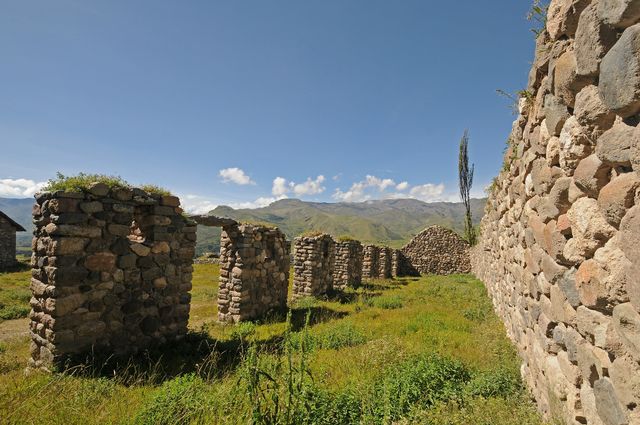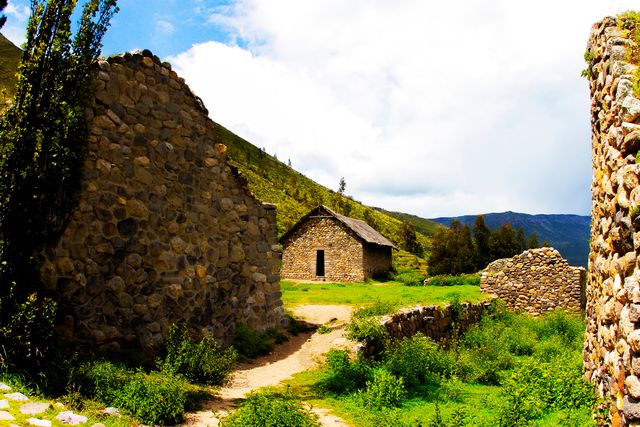Hiking in Peru
Peru is a country for adventurers. Its diverse landscapes make it a great destination for hiking. Below we have listed the 10 most beautiful hikes in Peru.
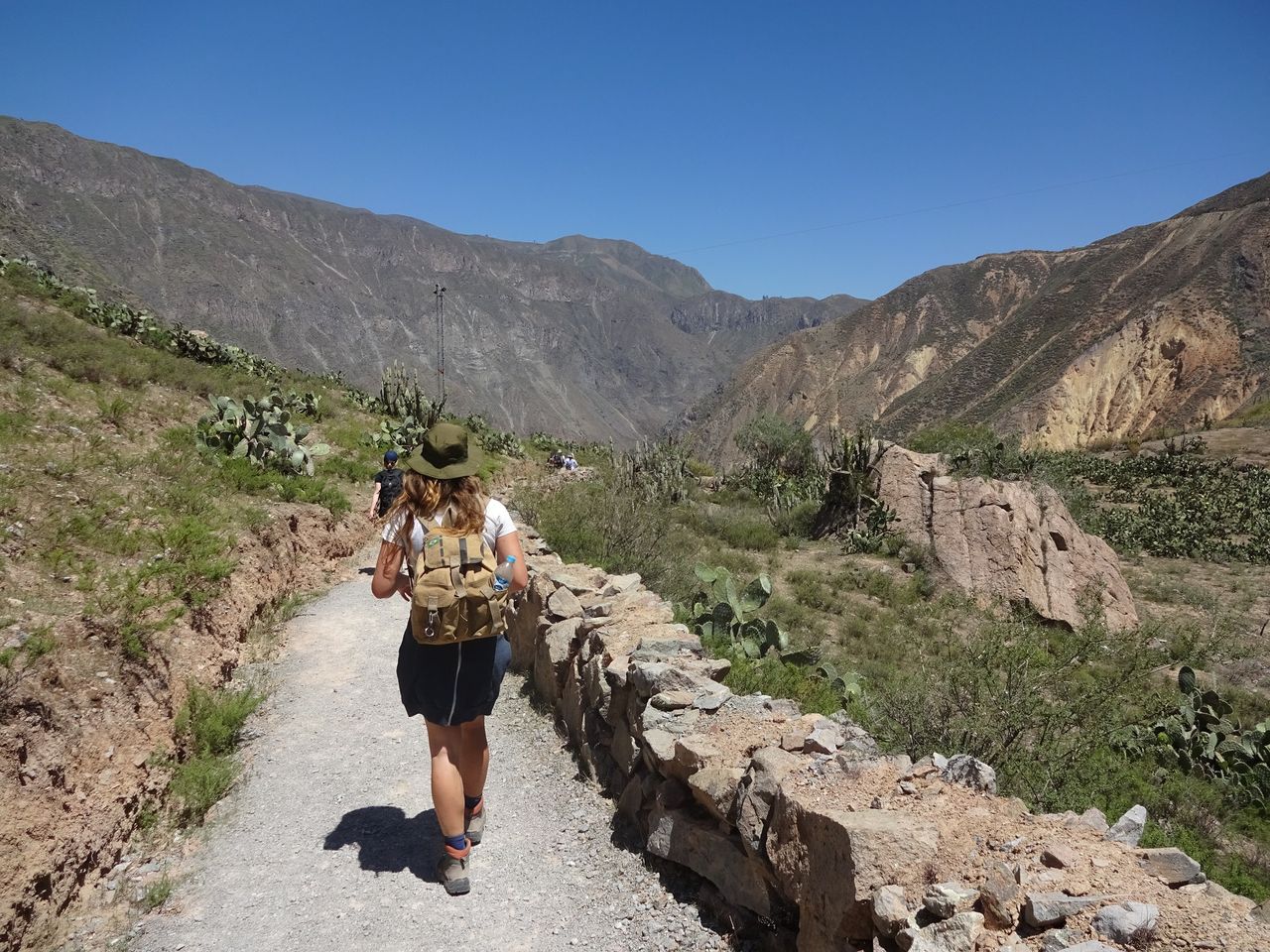
A hike to the Machu Picchu
1. Inca trail
The Inca trail is one of the most famous hikes in Peru and the world. This is not without reason. During the four-day hike you will hike the ancient Inca trails, which are considered to be one of the most impressive handcrafted technical works there is. In total, the network of Inca trails is about 60,000 kilometres long. During the Inca trail you will 'only' cover 43, but in a great environment with the magical Machu Picchu as the end point. The route takes you from the high mountains of the Andes, through deep valleys to the tropical rain and cloud forests. Along the way you will come across several archaeological remains and at the end you will be rewarded with the fairytale view of the Machu Picchu.
Besides the classic Inca trail there are more hikes towards the Machu Picchu.
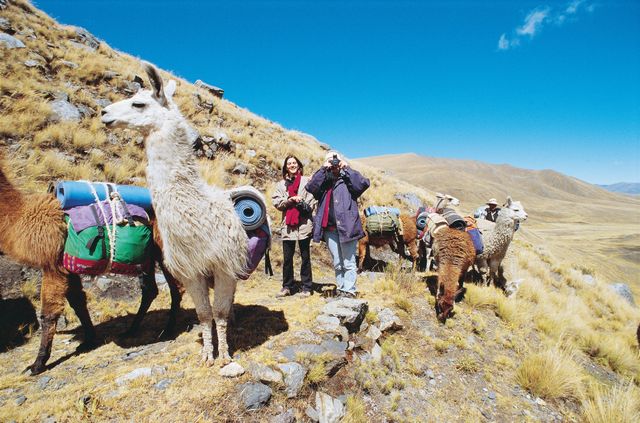
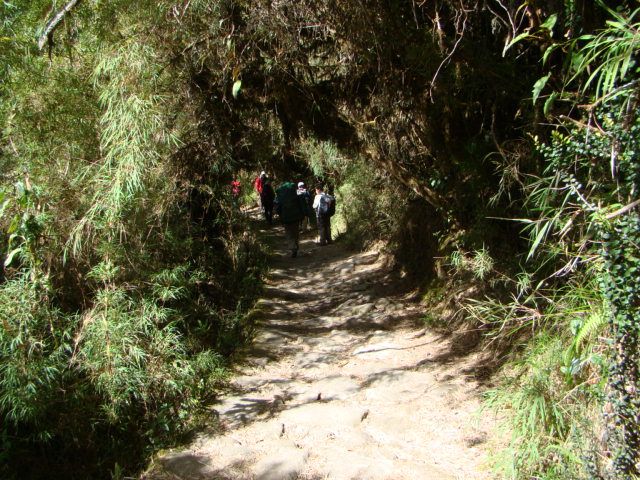
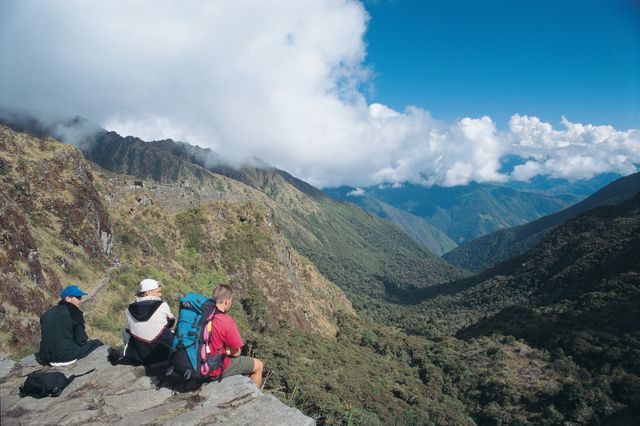
2. Salkantay trekking
The Salkantay trekking is often seen as the best option after the Inca trail. But then you are really selling it short. This hike is different but just as beautiful as the Inca trail and for real mountain lovers maybe even more beautiful. The classic Salkantay hike takes 5 days and you walk a large part of the route through the Vilcabamba Mountains. On day 2 of the hike you will reach the pass of the mighty Salkantay mountain at an altitude of 4.600 meters. From the high peaks of the Andes you will descend to the tropical rainforests. The difference in landscapes makes this hike so special.
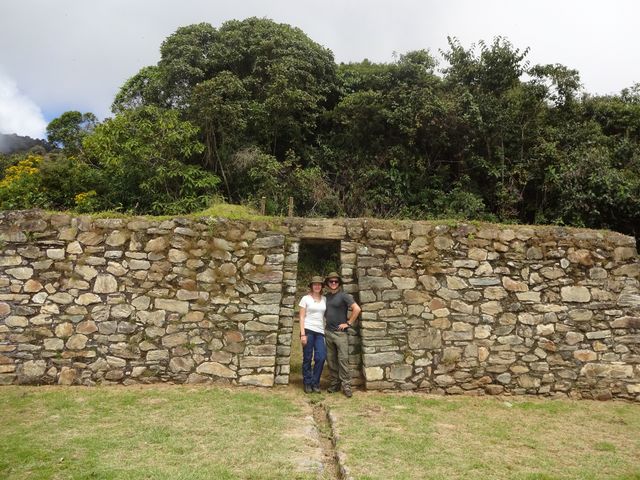
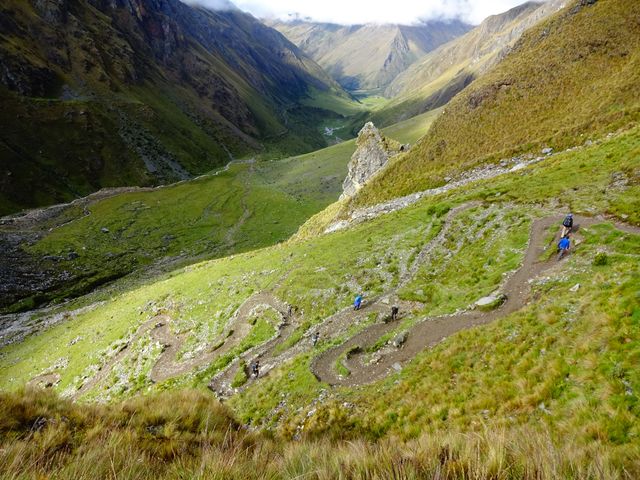
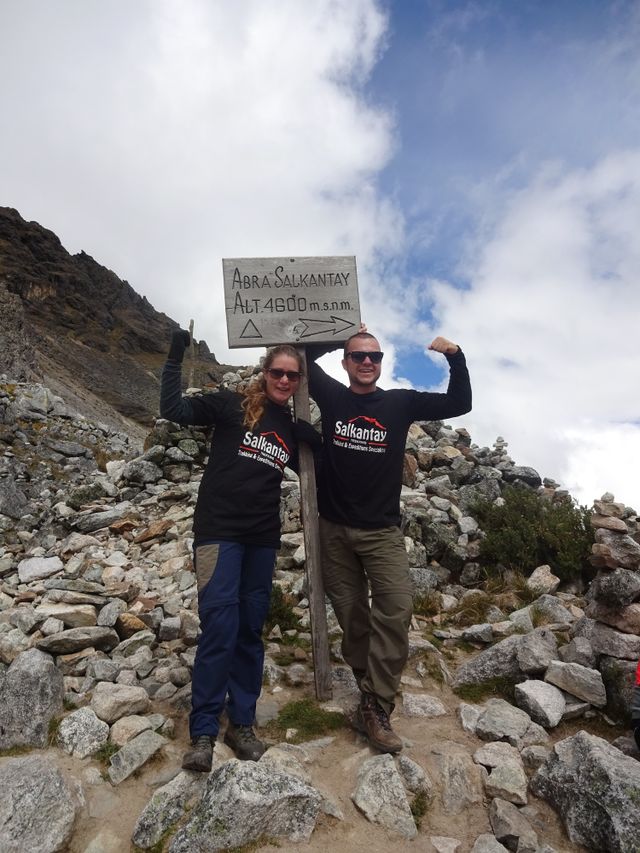
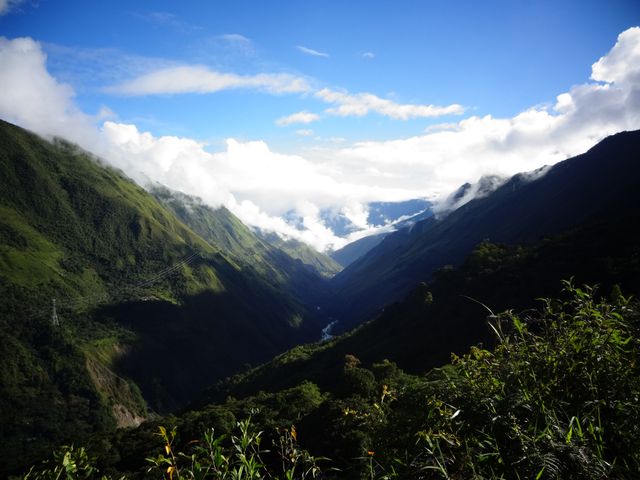
3. Lares trekking
This hike is for travellers interested in culture. During this three-day hike you will walk through several traditional villages to the Machu Picchu. You will pass villages in the Urubamba Mountains where people still live in thatched houses. The land is still worked by hand and people weave their own clothes. A wonderful way to discover the Andean culture.
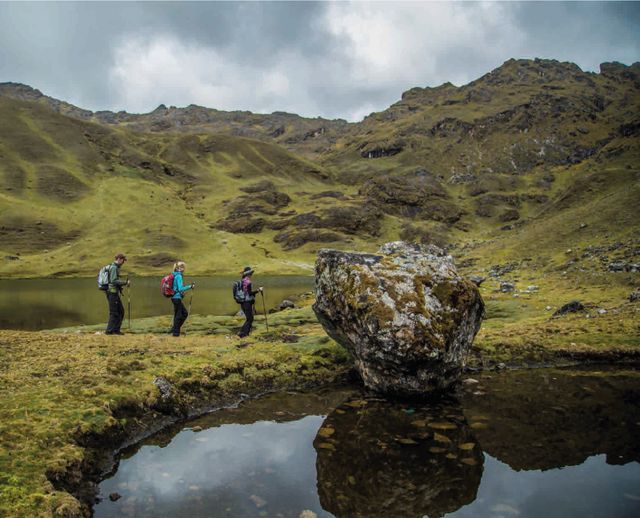
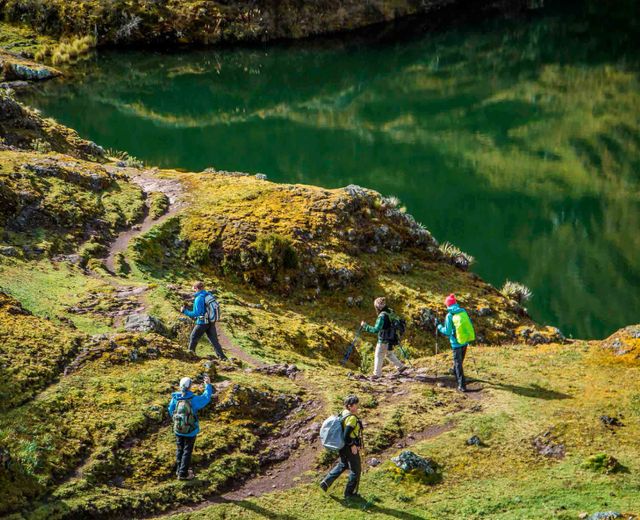
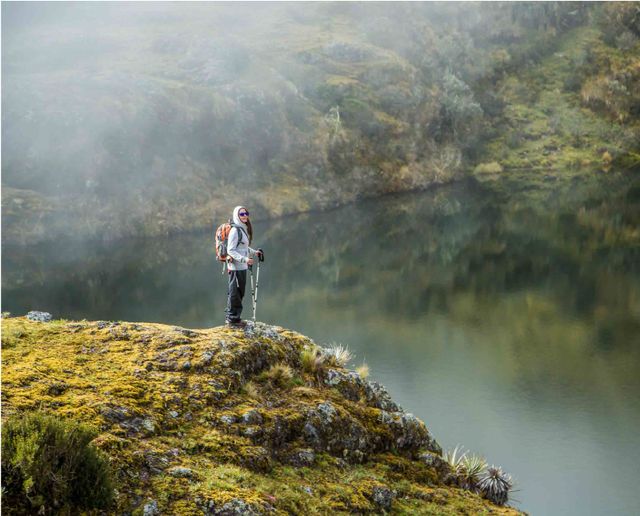
Which route is most suitable depends on your preferences. The image below gives you an overview of the differences.
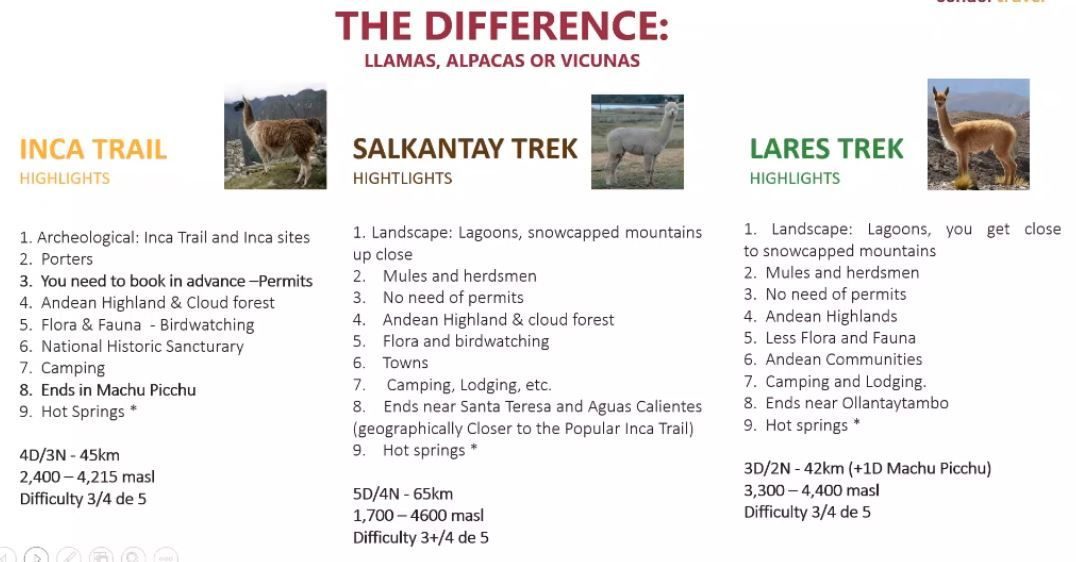
Walking through the Sacred Valley of the Incas
Before the arrival of the Europeans, the immense Inca empire was ruled from Cuzco. The Sacred Valley around it was also very important for this population group. Besides the Machu Picchu you can see a lot of the Inca Empire in this area. Moreover, this fertile valley is beautiful to discover during a hike.
4. Day hike to Waqrapukara
Waqrapukara is built on a steep mountain top south of Cuzco. Like the Machu Picchu, it is a mystery how the Incas were able to build this archaeological site. From Cuzco you can visit this place in one day. In the early morning you will leave by car to the start of the hike. On the way you will enjoy beautiful views including the sky blue Pomacanchi lake. At an altitude of 3.096 meters you will start your hike of about 3 hours and ascend to 4.140 meters. From here you have an impressive view over the terraces and squares of Waqrapukara with spectacular views of the surrounding landscape.
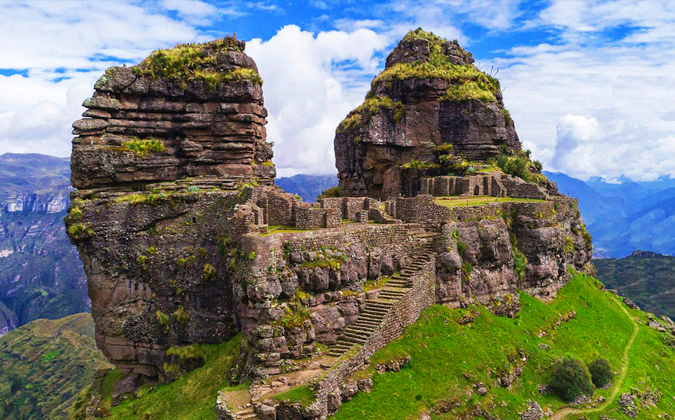
5. The rainbow mountain
It is a challenging climb in the early morning, but the reward is a great panoramic view of the Vinicunca, better known as the rainbow mountain. The mountain has beautiful natural colours due to the presence of stones and mineral sediments eroded by wind and water. The colours vary from ochre, white, yellow, green, orange, red to purple and blue.
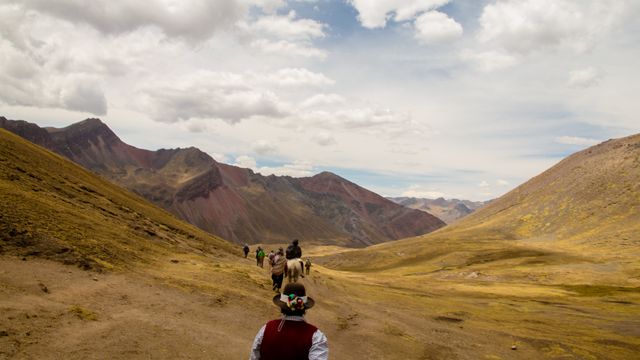
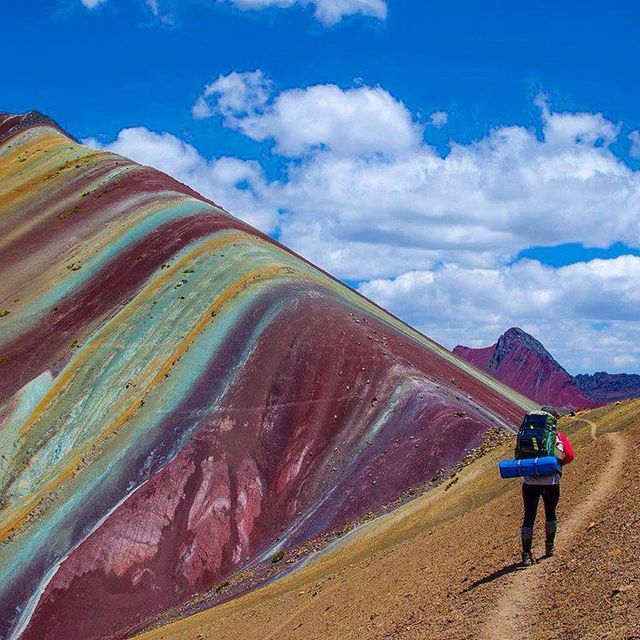
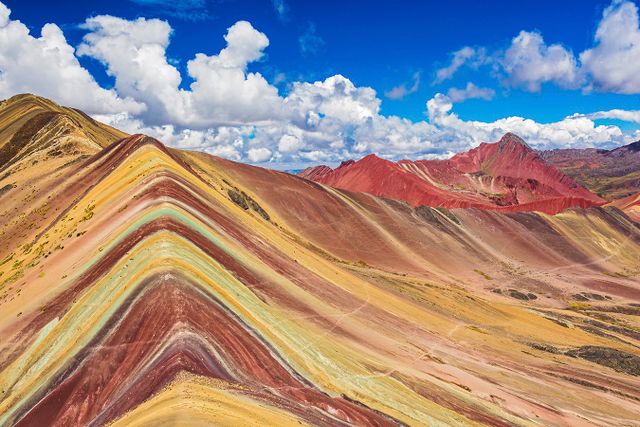
6. The sun gate in Ollantaytambo
In the Sacred Valley you will find many small villages where the Inca culture is still alive and kicking. One of these villages is Ollantaytambo which still has many sights from the time of the Incas. Researchers see Ollantaytambo as a former centre that was used by the Incas to manage and control the Sacred Valley. One of the most remarkable remains is one of the observation towers that you can climb. 150 steps will take you to the top of the fortress where the Temple of the Sun is located, also known as Puerta del Sol or Inti Punku. From Ollantaytambo the walk starts on a path with the beautiful surrounding nature of the Sacred Valley. The walk to and from the sun gate takes about 7 to 8 hours and the highest point is at an altitude of 3,900 metres.
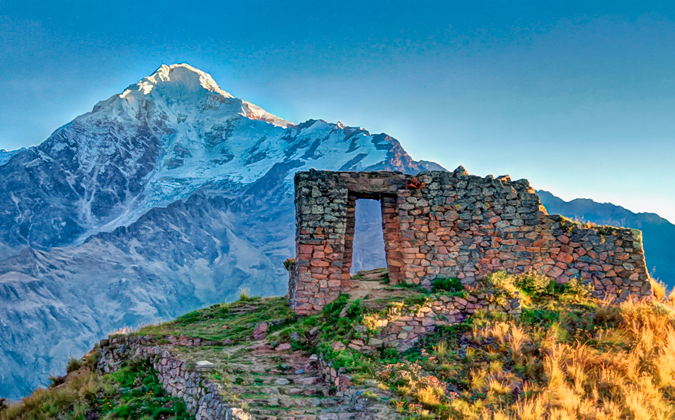
Hikes in the north of Peru
The Cordillera Blanca in northern Peru is the world's largest concentration of glaciers in the tropical zone. Along a length of 180 km, it rises 20 to 30 peaks above 6000 metres. This beautiful mountain range has been attracting hikers and climbers for many years and is the most popular hiking area in South America. The mountains are very accessible because the west side of the Cordillera is interrupted by fifteen glacial valleys, creating ideal routes that lead along the peaks west of the main ridge to the middle of the mountain range. It is possible to make day trips as well as multi-day hikes ranging from 2 days to 11 days. If you are interested in multi-day tours, please feel free to contact us. We will gladly discuss the possibilities with you.
7. The hike to Laguna 69
One of the most famous trips is the hike to lake 69. It is possible to make a multi-day trip here, but it is also possible to do this in one day. For a day trip you will first be transported by car to the Llanganuco lakes located in the heart of the Huascarán reserve. These lakes form a beautiful picture with various species of trees, orchids and cacti on their shores. From here the walk starts through the Yanapakcha Gorge to lake 69. Along the way you will enjoy the spectacular views of the main mountains of the Cordillera Blanca. Once arrived at lake 69, another breathtaking view awaits you as a surprise. You walk along the lake and look out over a circular valley with the highest tropical peaks in the world. After lunch and many pictures later, you will make the walk back to your car which will take you back to your accommodation. It is a brisk walk full of impressive views and the most beautiful landscapes you may ever see.
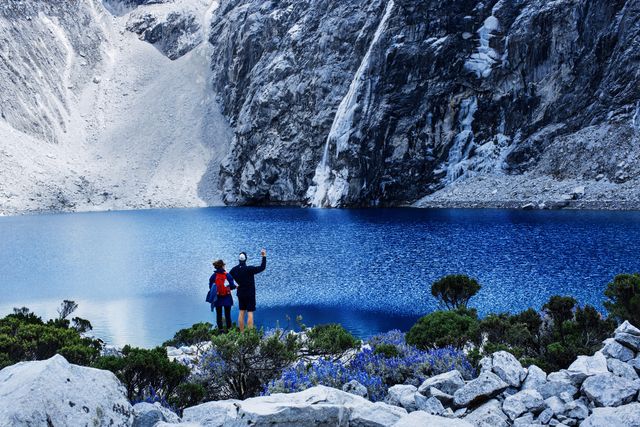
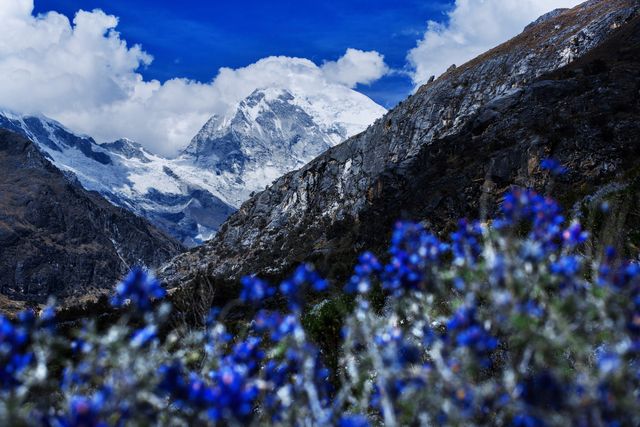
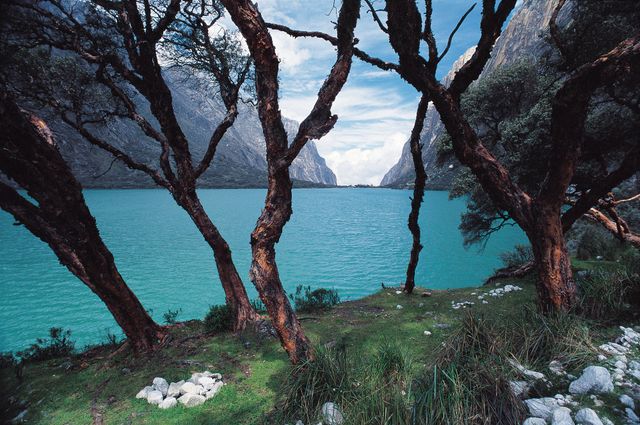

8. Chúrup lake hike
This hike is for people who want a first introduction to hiking in this great area. This hike is relatively easy, but also beautiful to make. You will take a walk to the stunning transparent sapphire-coloured Chúrup lake. The hike there is through the mountainous landscape and you will get beautiful views of the ice-walled peaks. Have a lunch on the lakeshore and let the overwhelming surroundings take effect on you before you start your return journey.
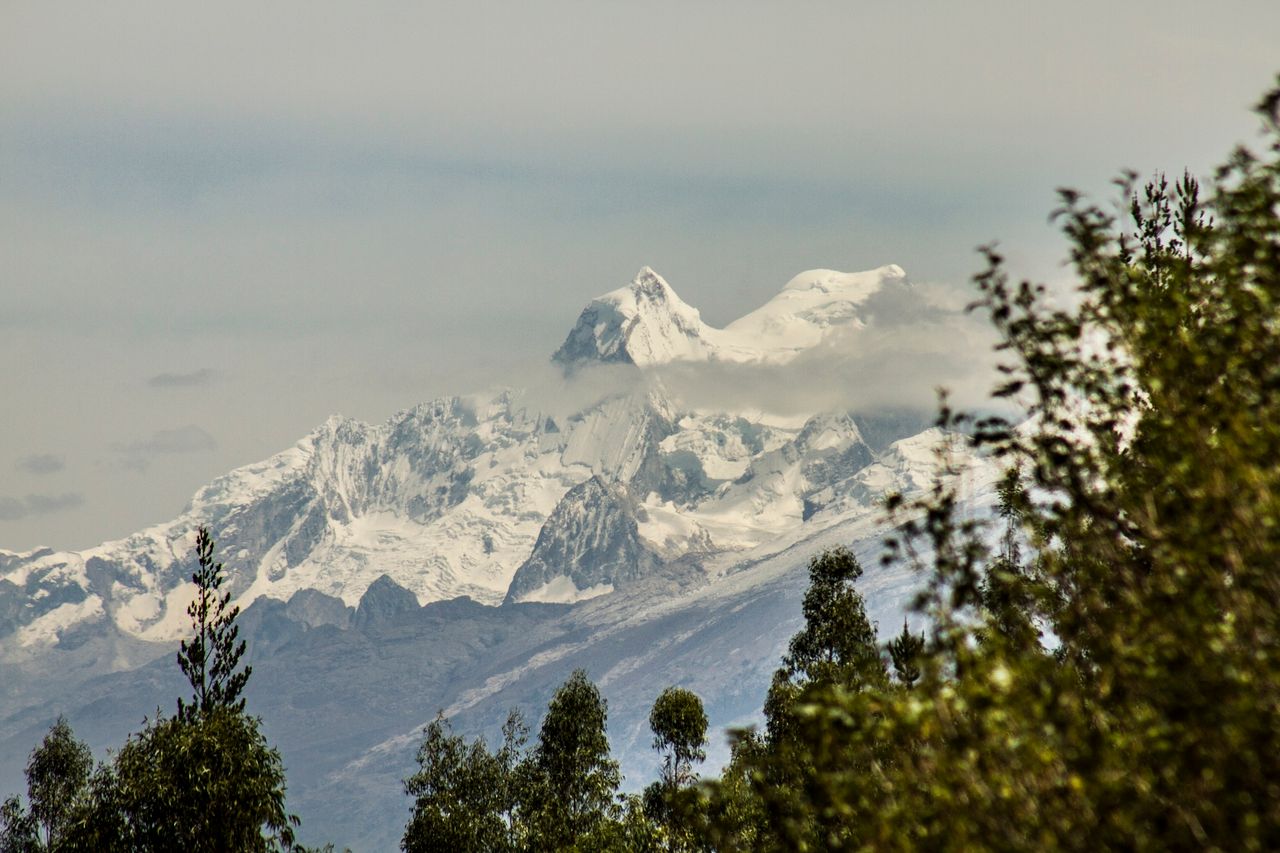
The Colca Canyon
The Colca Canyon is an immense gorge in the south of Peru, about 160 kilometres from the city of Arequipa. The Colca valley is a colourful area with Inca villages where the locals still adhere to the old traditions and way of life. So, they still make use of the agricultural terraces. The name Colca originates from the holes that can be seen in the gorge. These holes are called Colca's. They were used by the Incas and Pre-Incas to store food for worse times, think of potatoes and other food that can last longer. They were also used as graves for important people. Besides being an excellent place for spotting the Condor, you can also take beautiful walks here.
9. Multi-day hike through the Colca Canyon
From Arequipa you can make a trip of for example 3 days 2 nights to the Colca Canyon. From Arequipa you will be brought to a place at the top of the valley and on the first day you will descend to the valley via a beautiful route. Unlike the famous Grand Canyon, the Colca Canyon does not have so steep walls, which gives you wide views during the hike. The second day you will walk through the canyon and you can visit several villages. It is wonderfully quiet here and the landscapes are beautifully varied. On the last day you will leave the valley which means that you will have to make a tough climb up. Keep in mind that in 3,5 hours you will have to make about 1300 altimeters.
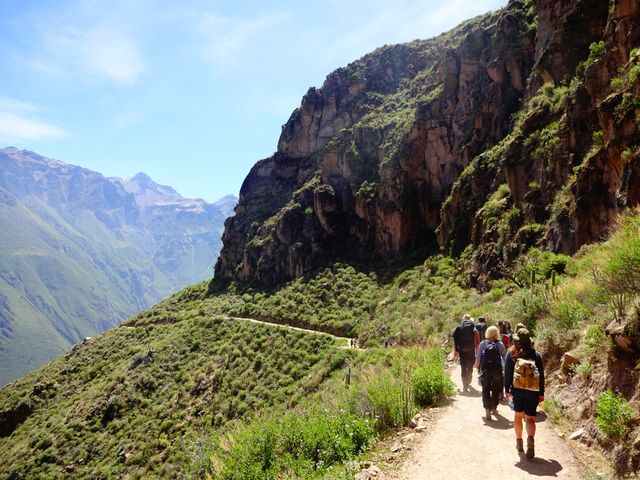
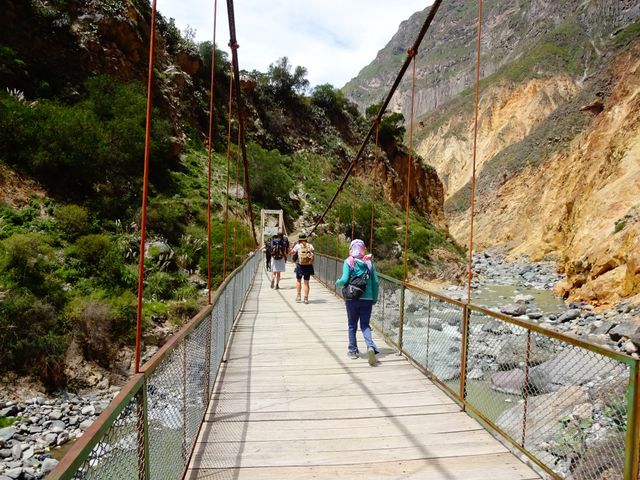
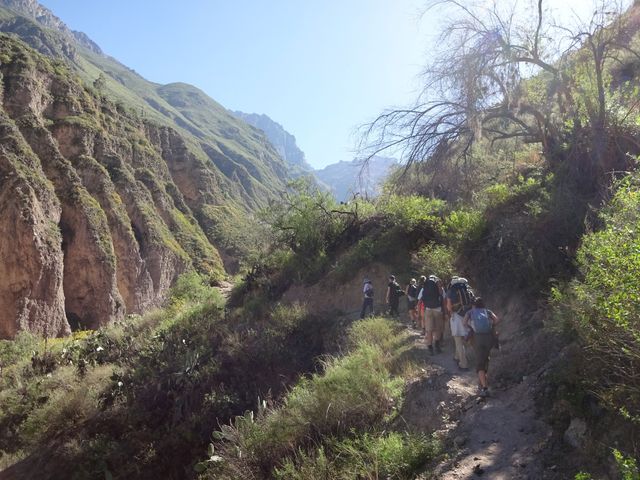
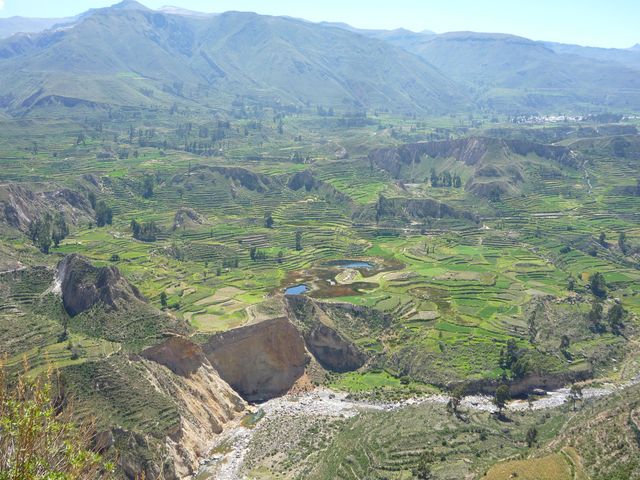
10. To the archaeological site of Uyo-Uyo
It is also a possibility to stay in the Colca valley and make a daytrip from here. For example, you can visit the unknown archaeological site Uyo-Uyo. You walk from your accommodation along the Colca river to the Sifón bridge. From here you will make a climb to Uyo-Uyo. On this site you will find 60 spherical and rectangular stone constructions that are up to 4 meters high. A channel has been found here that starts at the foot of the snow-covered mountain Mismi that irrigated the land of this place. This find indicates that the population of this village was devoted to agriculture and the use of terraces. Evidence was also found that the Spaniards forced this indigenous population to move to the village of Yanque.
